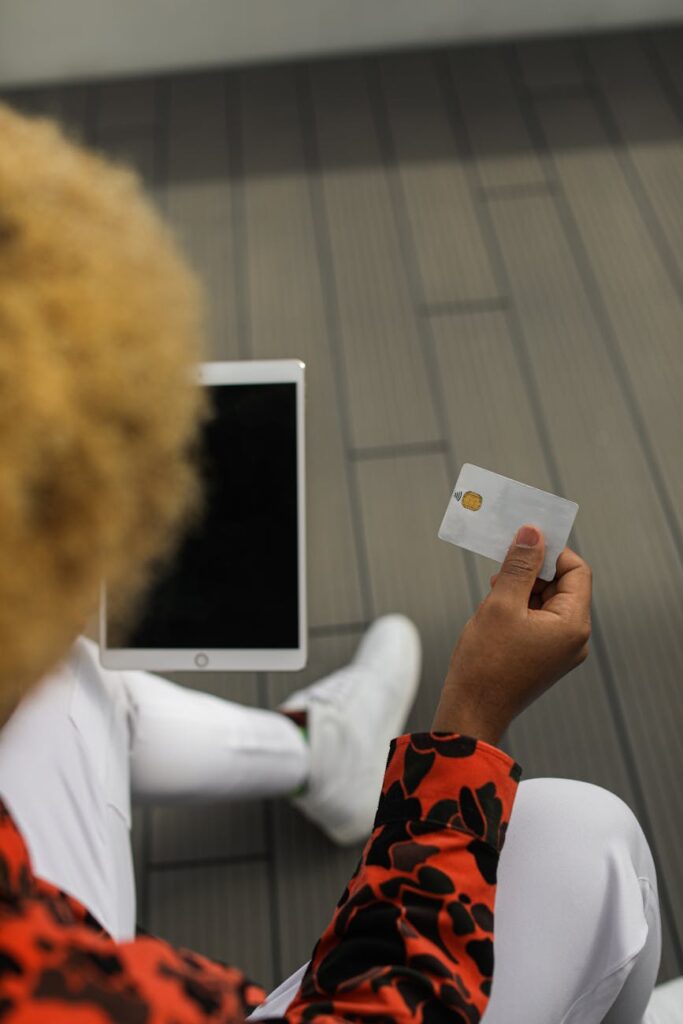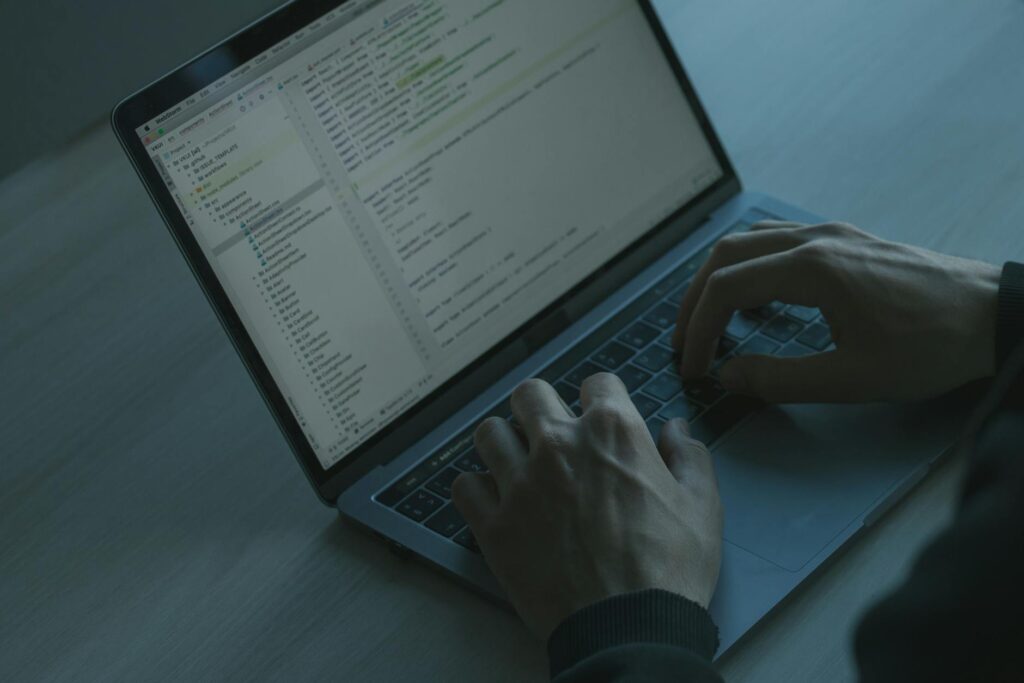Can We Finally Trust an Election? How Crypto Voting Systems Could Change Everything
Have you ever stood in a voting booth, filled out a ballot, and walked away wondering… what happens now? You drop your paper into a box or tap a screen, and it vanishes. You’re told to trust the process, trust the count, trust the officials. But in an age of deep fakes, hacking, and rampant misinformation, that trust feels more fragile than ever. We hear stories of recounts, hanging chads, lost ballots, and accusations of fraud. It’s enough to make anyone cynical. But what if we could build a system where trust wasn’t required? A system where every single vote was accounted for in a way that was public, verifiable, and completely tamper-proof. That’s the powerful promise of crypto voting systems, a concept that leverages the same blockchain technology behind Bitcoin to potentially revolutionize democracy itself.
Key Takeaways
This article explores the transformative potential of using crypto and blockchain for elections. You’ll learn:
- The Core Problem: Why traditional voting systems are vulnerable to fraud, errors, and a fundamental lack of transparency that erodes public trust.
- The Blockchain Solution: How an immutable, decentralized ledger can create a voting record that is tamper-proof and publicly verifiable by anyone, anytime.
- How It Works: A simplified breakdown of cryptographic security, where votes are encrypted for anonymity but their existence and count are transparent on the blockchain.
- The Pros vs. Cons: The incredible benefits of enhanced security and transparency weighed against significant challenges like the digital divide, scalability, and the immense security risks.

The Cracks in Our Current Foundation
Let’s be honest. Our current voting methods, whether paper-based or electronic, are relics. They were designed for a different era. Think about it. Paper ballots are costly, slow to count, and susceptible to human error or outright physical tampering. Remember the stories of ballot boxes magically appearing or disappearing? It happens.
Then we tried to modernize with electronic voting machines. It seemed like a good idea. Faster counts! Less paper! But it just swapped one set of problems for another. These machines are often proprietary black boxes. We have no idea what their code is doing. They can be hacked. Their software can have bugs. Auditing them is a nightmare, and they often leave no verifiable paper trail. We’re essentially asked to trust the machine’s manufacturer, and that’s a big ask when the stakes are so high.
The result of all this is a creeping erosion of faith in the democratic process. When people don’t trust the outcome of an election, the very fabric of society begins to fray. We need a system built for the 21st century—one that prioritizes transparency and security above all else.
Enter Blockchain: The Unforgettable Ledger
When people hear “blockchain” or “crypto,” their minds immediately jump to volatile digital currencies like Bitcoin. But that’s just the tip of the iceberg. The real innovation is the underlying technology: the blockchain.
So, what is it? Forget the jargon for a second. Imagine a shared digital notebook. Every time a transaction happens (in our case, a vote is cast), a new line is added to the notebook. But here’s the magic:
- It’s Distributed: This notebook isn’t stored in one central place. A copy exists on thousands of computers all over the world. To change a line in the notebook, a hacker would have to simultaneously change it on a majority of those computers. It’s practically impossible.
- It’s Cryptographically Linked: Each new entry (or “block”) is mathematically chained to the one before it. Changing one block would break the chain, and the entire network would immediately know something was wrong. It’s like a set of digital dominoes; if you mess with one, the whole line falls apart in a very obvious way.
- It’s Immutable: Once an entry is made and verified by the network, it’s there forever. It cannot be deleted or altered. Period.
This creates a system that is inherently transparent and resistant to tampering. It’s a single source of truth that everyone can see and verify for themselves, without needing to trust a central authority like an election commission or a government body. That’s a game-changer.
How Do Crypto Voting Systems Actually Work?
Okay, the theory is cool, but how would this play out in a real election? It’s a combination of voter privacy and public transparency. It sounds like a paradox, but modern cryptography makes it possible. While different models exist, the basic flow often looks something like this.
Step 1: Verified Identity, Anonymous Token
First things first, you still have to prove you are who you say you are and that you’re eligible to vote. This would happen through a secure registration process, just like we have now. You might use a government ID or a digital identity system. Once you’re verified, the system issues you a unique, anonymous cryptographic “token.” This token is your key to vote. Crucially, the token itself isn’t tied to your name on the public ledger, only that a legitimate, unique voter received it. This severs the link between your personal identity and your vote, ensuring privacy.
Step 2: Casting the Encrypted Vote
You’d use your token to log into a secure voting application. You make your selection, and your vote is encrypted. Then, it’s sent to the blockchain. What gets recorded on that public ledger isn’t “John Doe voted for Candidate A.” Instead, it’s a piece of encrypted data that says, “A valid voting token was used to cast one vote.” Your choice remains a secret, but the act of voting is publicly recorded.
Step 3: The Public, Immutable Tally
This is where the magic happens. As votes come in, they are added to the blockchain as new blocks. Because the blockchain is a public ledger, anyone—journalists, watchdog groups, candidates, regular citizens—can watch the tally in real-time. They can see the total number of votes cast. They can’t see who voted for whom, but they can independently verify that the final count matches the number of votes on the chain. No more waiting for days while ballots are counted in secret back rooms. The counting happens out in the open, automatically, as the votes are cast.
Step 4: Personal Verification
Some advanced systems could even provide voters with a receipt or a transaction ID. After the election, you could use this ID to check the public blockchain and confirm that your specific encrypted vote was included in the final tally. You can’t prove who you voted for (preventing vote-selling and coercion), but you can prove that your vote was counted. Imagine that peace of mind.
The Big Wins: A New Era of Transparency and Fairness
If we can get this right, the benefits are enormous. It’s not just a minor upgrade; it’s a fundamental rethinking of how we conduct elections.

Unprecedented Transparency
This is the big one. With a public ledger, the entire process is open for inspection. Anyone with an internet connection can audit the election in real time. This single feature could eliminate countless conspiracy theories and accusations of fraud. You don’t have to trust the system; you can verify it yourself. The days of mysterious ballot boxes and opaque counting processes would be over.
Enhanced Security
A decentralized blockchain is incredibly difficult to hack. There is no single point of failure. To alter the election results, a malicious actor would need to gain control of more than half of the network’s computing power (a “51% attack”), an astronomically expensive and difficult feat. Furthermore, cryptographic encryption protects the individual votes from being read or tampered with during transmission.
“The beauty of blockchain is that it moves the source of trust from a central, fallible institution to a decentralized, incorruptible protocol. It replaces ‘trust me’ with ‘show me’.”
Greater Accessibility and Efficiency
Imagine being able to vote securely from your own home or from anywhere in the world. For military personnel, citizens living abroad, or people with disabilities, this would be a revolutionary improvement. It could dramatically increase voter turnout. Additionally, the counting process would be nearly instantaneous. We could know the certified results of an election within minutes of the polls closing, not days or weeks.
The Hurdles and Headaches We Can’t Ignore
This all sounds incredible, right? So why aren’t we all voting on the blockchain tomorrow? Well, the reality is that the challenges are just as massive as the potential benefits. This is not a simple plug-and-play solution.

The Digital Divide is Real
The biggest and most immediate hurdle is equity. A large portion of the population, particularly the elderly and those in low-income or rural communities, lacks reliable internet access or the digital literacy needed to use such a system. Any voting system that disenfranchises these groups is a non-starter. How do you ensure a grandmother in a rural town without broadband can vote as easily as a tech-savvy millennial in a city? This is a huge societal problem that must be solved first.
Security is a Double-Edged Sword
While the blockchain itself is secure, the things that connect to it might not be. Your phone, your laptop, the app you use to vote—these are all potential weak points. If a voter’s device is compromised with malware, their vote could be stolen or altered before it even reaches the blockchain. The saying in cybersecurity is that you’re only as strong as your weakest link. In a national election, there would be millions of weak links. Ensuring the security of every single voter’s device is a monumental task.
Scalability, Anonymity, and Governance
Could a blockchain network handle tens of millions of votes pouring in over a few hours without grinding to a halt? That’s a serious technical challenge. Furthermore, perfecting true voter anonymity while ensuring vote integrity is a razor-thin cryptographic tightrope. One tiny mistake in the code could expose the entire electorate or invalidate the election. And who writes this code? Who maintains the system? Who decides on the rules? The governance of a national voting system is just as complex as the technology itself.
Real-World Pilots and Experiments
This isn’t just pure theory. Several projects and jurisdictions have experimented with blockchain voting, albeit on a small scale.
- Voatz: A mobile voting app that has been used in pilot programs in West Virginia and other states for military and overseas voters. However, it has faced significant criticism from security researchers at MIT who found major vulnerabilities.
- DAOs (Decentralized Autonomous Organizations): Many crypto projects govern themselves using token-based voting on a blockchain. While not a national election, these serve as ongoing, real-world experiments in decentralized governance.
- Follow My Vote: An open-source project aiming to build a truly transparent and secure voting system from the ground up.
These early attempts highlight both the promise and the peril. They show that it’s possible, but also that we are a long, long way from being ready for primetime.
Conclusion: A Long Road to a More Perfect Union
So, are crypto voting systems the silver bullet that will fix democracy? No. Not yet, anyway. The technology is fascinating, powerful, and holds the potential to build the most transparent and secure electoral systems we’ve ever seen. It offers a future where we can verify, not just trust, the results of an election.
But the path from here to there is fraught with immense technical, social, and logistical challenges. We cannot rush into a solution that could exclude millions or open up new avenues for attack. The stakes are simply too high. For now, blockchain voting remains a compelling idea on the horizon—a North Star guiding us toward a more transparent and trustworthy democratic future. The conversation is crucial, the experiments are valuable, and the goal is worthy. But we must walk, not run, toward this brave new world.


